Monday March 18, 2024
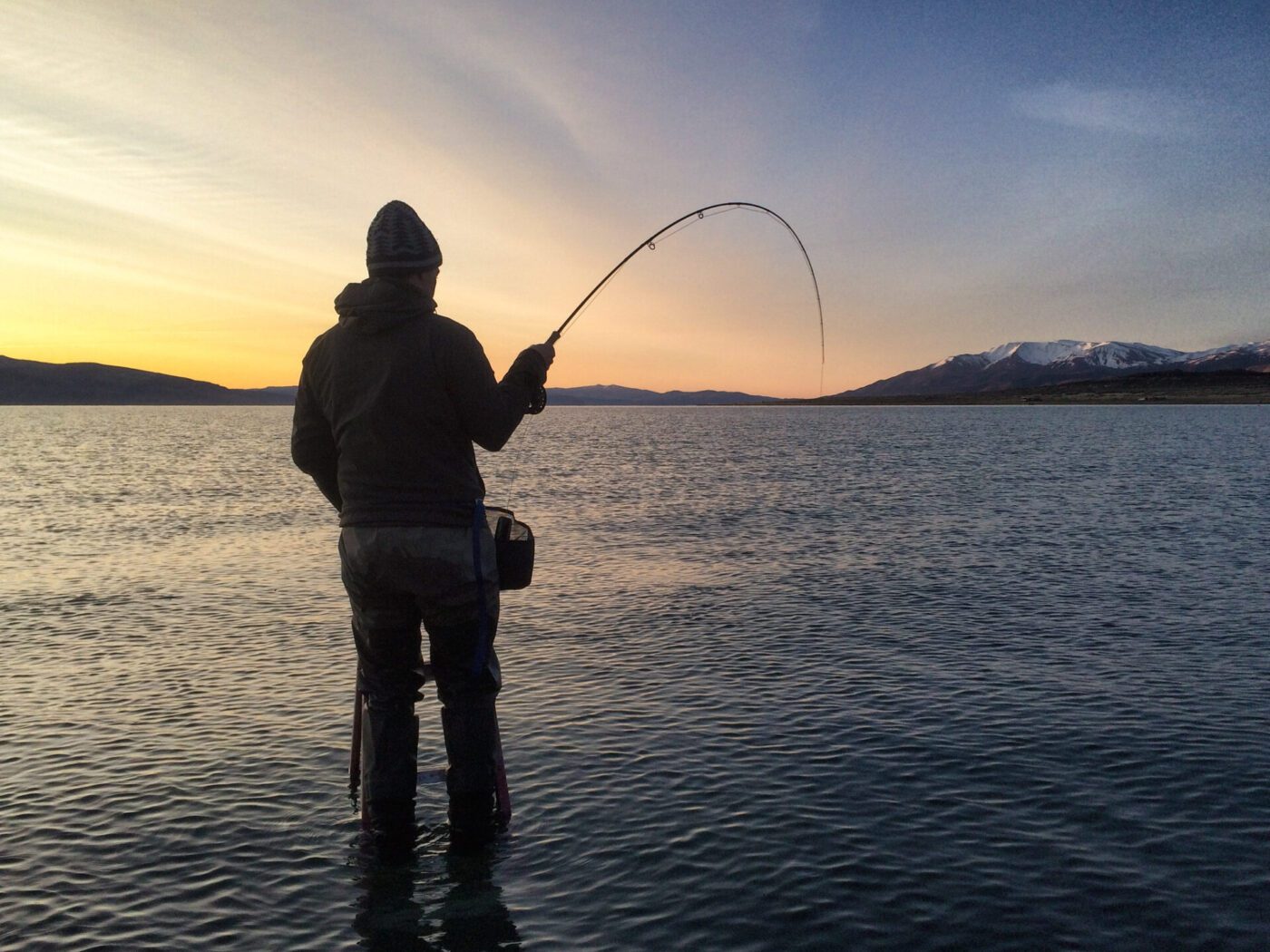
“Stay on the line to participate in a brief survey” is not something most people are enthused to hear while on hold with tech support. But when out on the ocean, river, or lake for a day of fishing, participating in a survey can be an exciting opportunity to contribute vitally important fisheries management data. Creel surveys (also commonly known as angler surveys) are aimed at collecting data on fishing pressure and angler success through angler counts and interviews. These data are then used to generate estimates of annual fisheries catch, fishing effort, and catch per unit effort (CPUE) by fishing method. With the insight these estimates provide, biologists around the globe acquire a greater understanding of important recreational fisheries, and can make informed decisions about whether fishing regulations are appropriate or need to be adjusted to ensure the sustainability of the fishery.
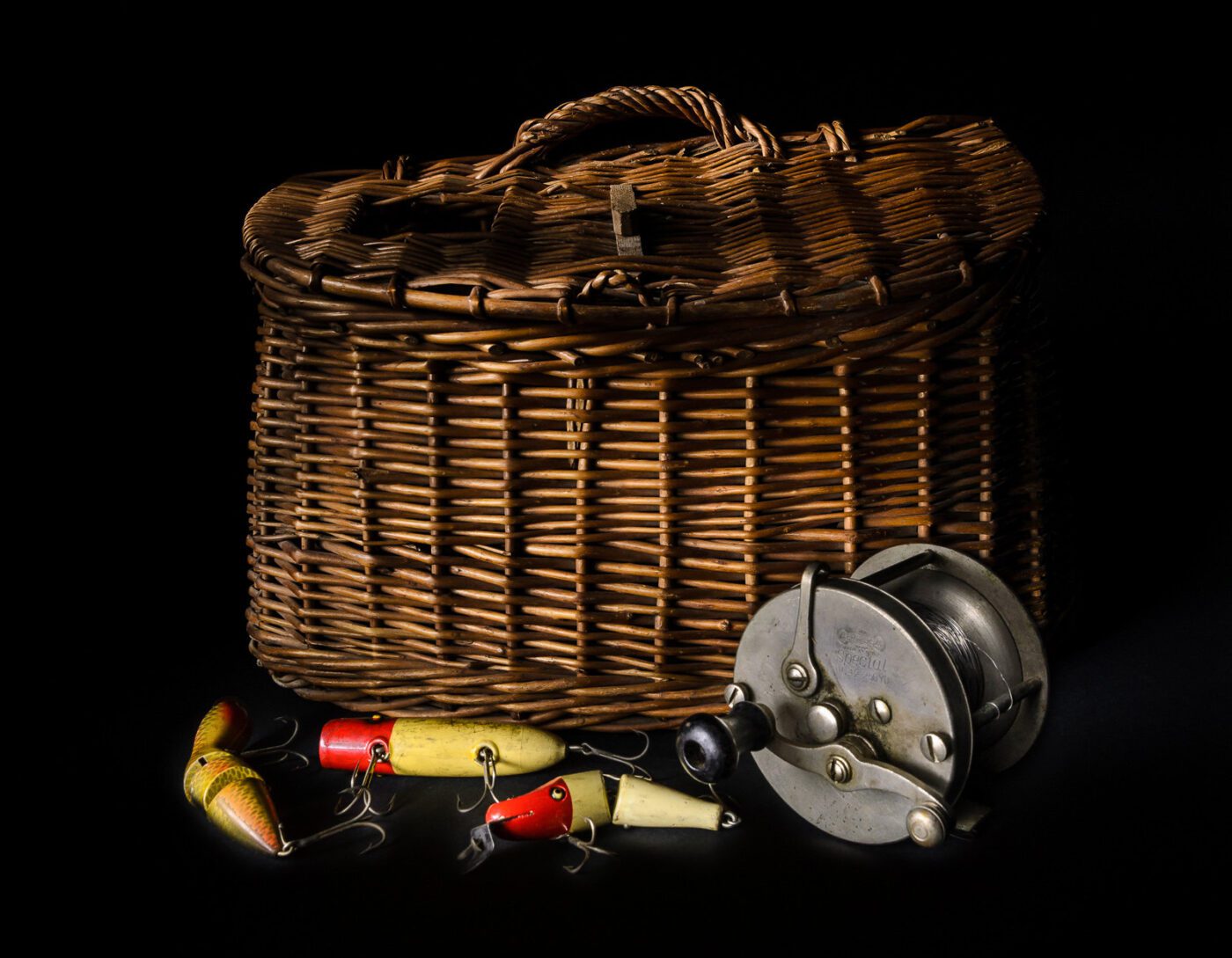
A traditional wicker creel. Photo by Larry Lamb.
The term “creel” is a Middle English word that dates back to sometime between 1250 and 1450. However, the word became more common in the historical record in the late 1800’s into the mid-1900’s, when fishermen would carry wicker baskets – or creels – lined with wet grasses and moss to store and preserve their catch for the dinner table. Even people with no angling experience may be familiar with creels from seeing them in films such as the iconic “A River Runs Through It.” With the advent of “catch and release” fishing practices, the creel has lost its utilitarian value and is now more commonly used for home décor. Nonetheless, the term lives on in the name of today’s fisheries monitoring efforts.
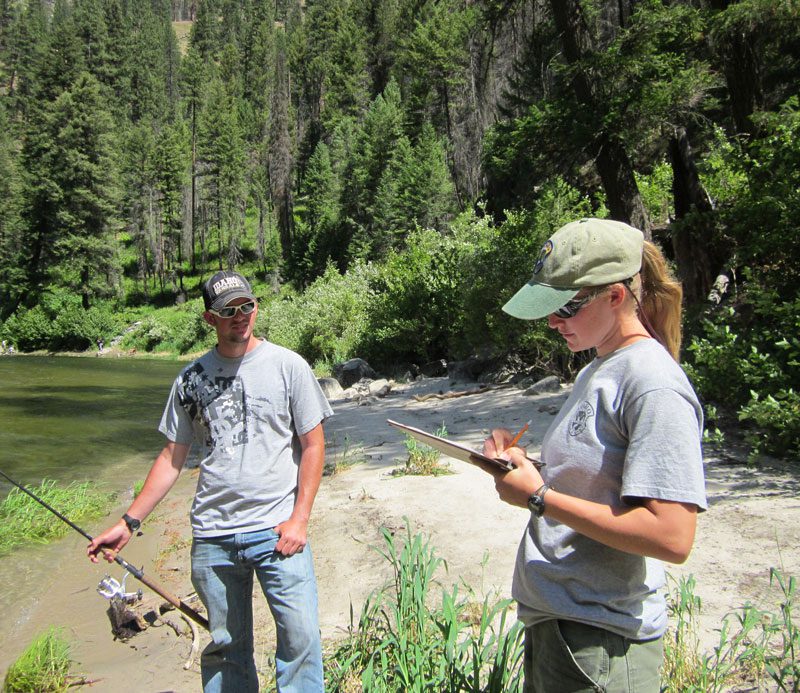
Conducting a creel survey. Photo from the American Fisheries Society.
Creel surveys consist of simple interview questions that biologists pitch to anglers regarding their fishing experience for that day. Although conducted around the world, most creel surveys ask similar questions. Common prompts include how long the angler has been fishing, what species the angler is targeting, whether the angler has any fish in their possession, and where the angler resides. Given that most waterways are unique, survey methods vary by location for efficiency. Generally, the two methods used for contacting anglers in a creel survey are either stationing surveyors at access sites or roving. When stationing at access sites, surveyors wait at a location where anglers will pass through, such as boat ramps or fishing piers. During roving interviews, surveyors continuously move throughout the survey area, contacting anglers who are actively fishing. Following the creel survey effort, the collected data are compiled and analyzed to generate estimates of total catch, total effort, and CPUE, which is calculated by dividing the total catch of each fishing trip by the number of hours fished during that trip.
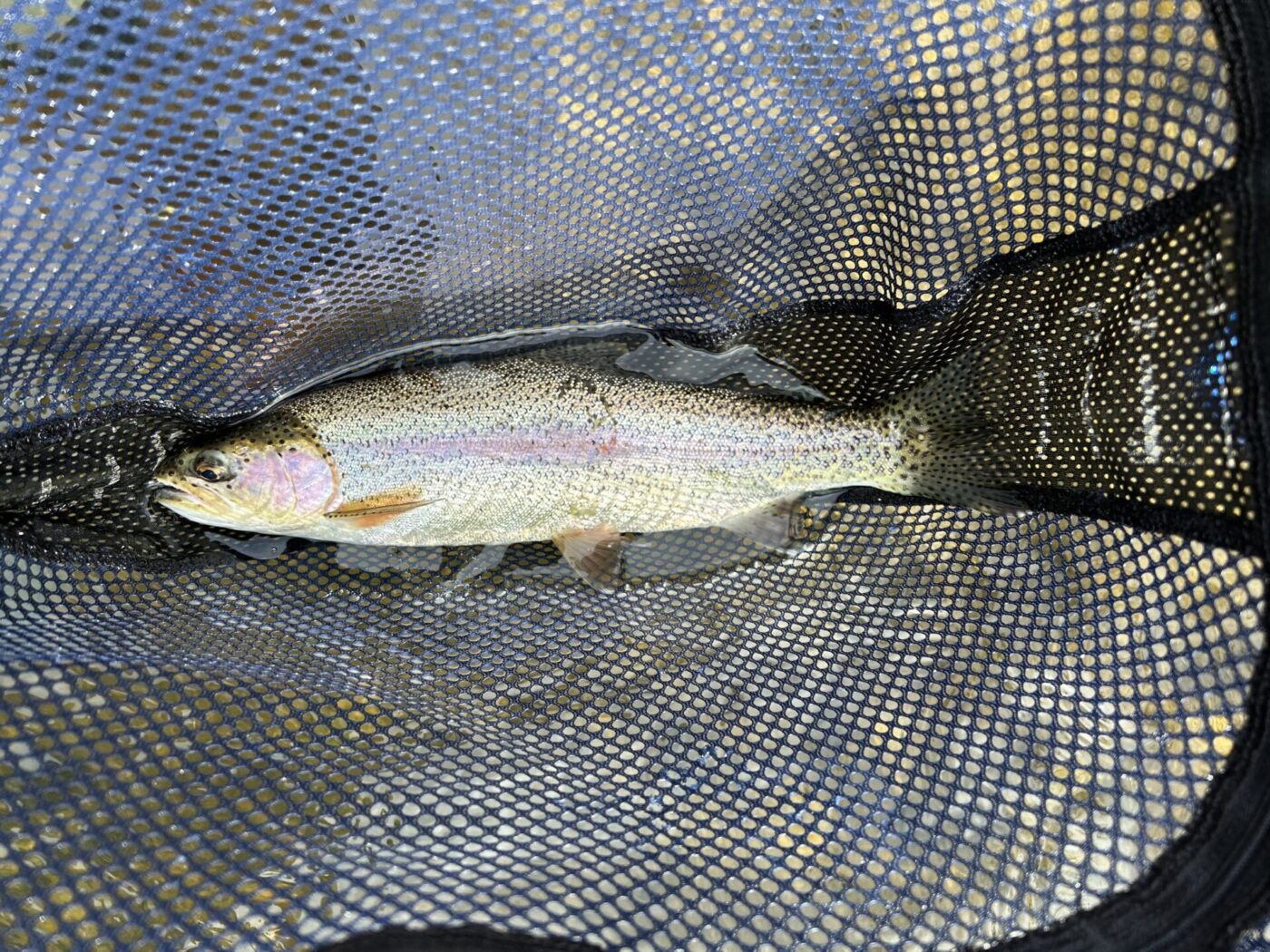
A rainbow trout (Oncorhynchus mykiss) landed by an angler.
The value of creel surveys extends beyond simply gathering quantitative catch and effort data. Depending on the fishery and season, physical sampling of certain captured species of sportfish may occur at the same time to obtain information about characteristics of fish populations or communities, often in relation to the habitats they occupy. These data collection efforts may include gathering scale samples for aging, collecting tissue samples for DNA analysis, and recording the sex, condition, and weight of the fish. When the fish is believed to be a hatchery fish (usually indicated by a clipped or missing adipose fin) biologists will remove their snout to look for a coded wire tag (CWT). When recovered, these tags provide information on the hatchery the fish came from and the year it was released into the wild.
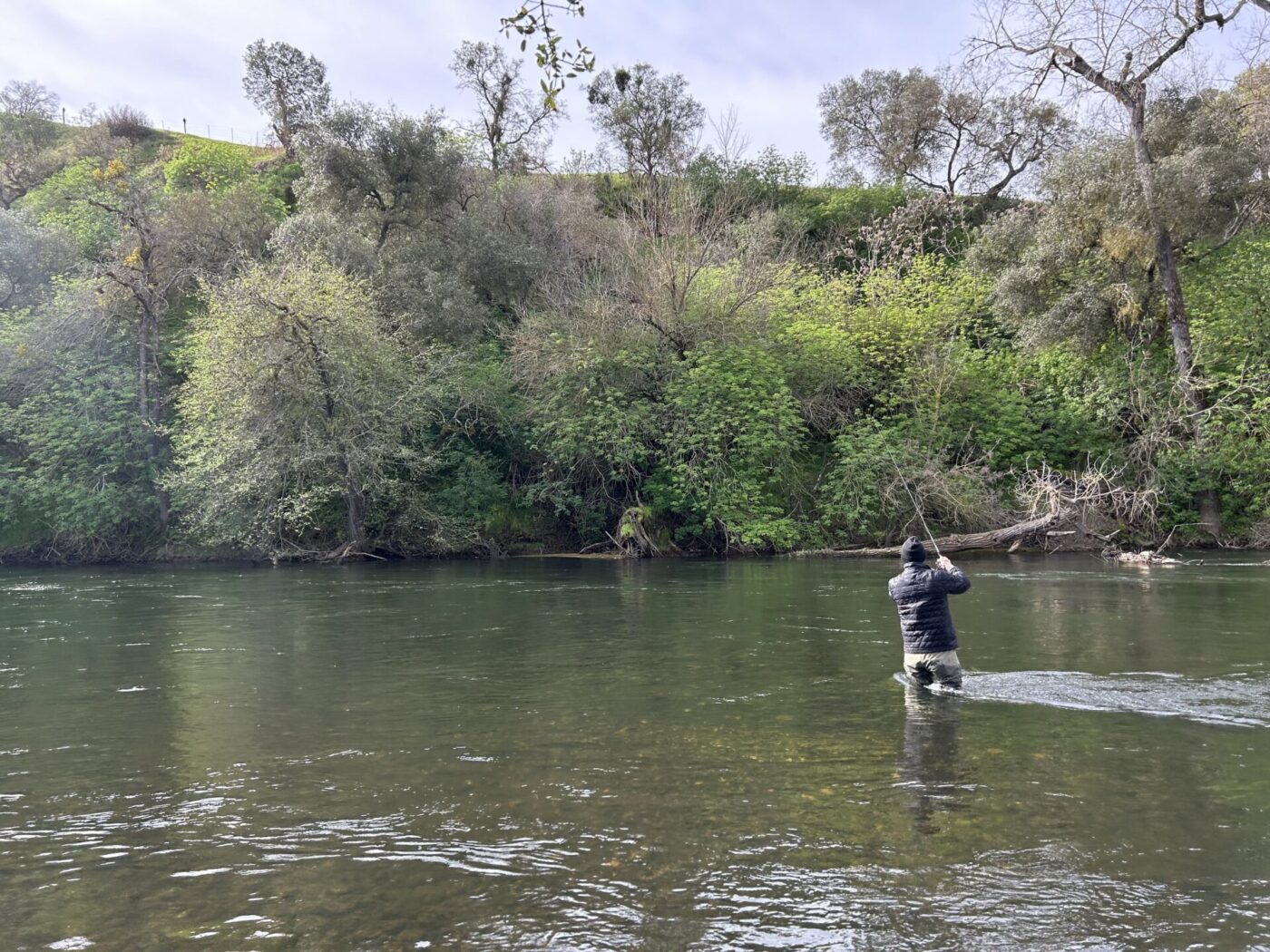
An angler casts a line.
Collecting accurate data in creel surveys is critical, and this requires anglers to provide honest answers to survey questions. Resource agencies make every effort to foster positive interactions with anglers in hopes of obtaining accurate data that can be used for successful decision making. In addition to the data that creel surveys collect, the surveys themselves can be a valuable opportunity to educate the public on fish ecology and local waterways, which is critical for the future of the fishery. The use of creel surveys as a tool for fisheries management is often overlooked, but it has provided the foundation for estimating the impact of recreational fishing, and the insight these surveys yield is essential for ensuring popular fisheries remain robust and healthy well into the future.
Header Image: Fishing at sunrise on Pyramid Lake.
This post was featured in our weekly e-newsletter, the Fish Report. You can subscribe to the Fish Report here.
